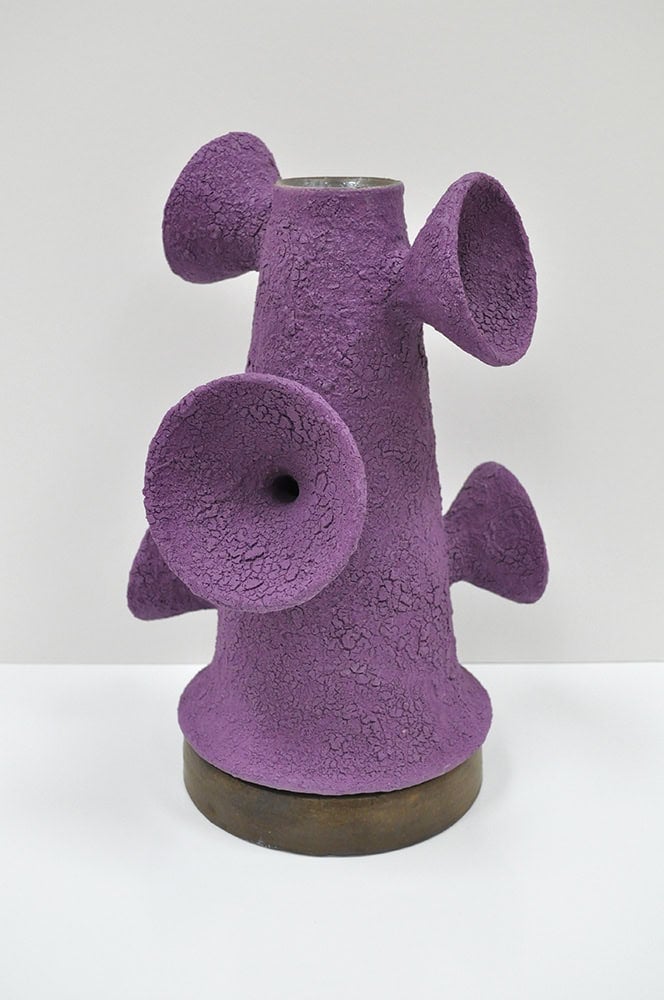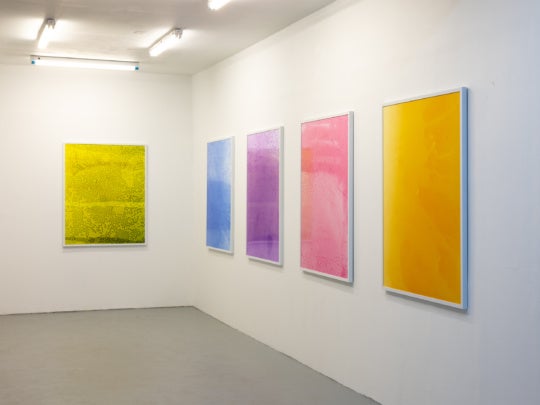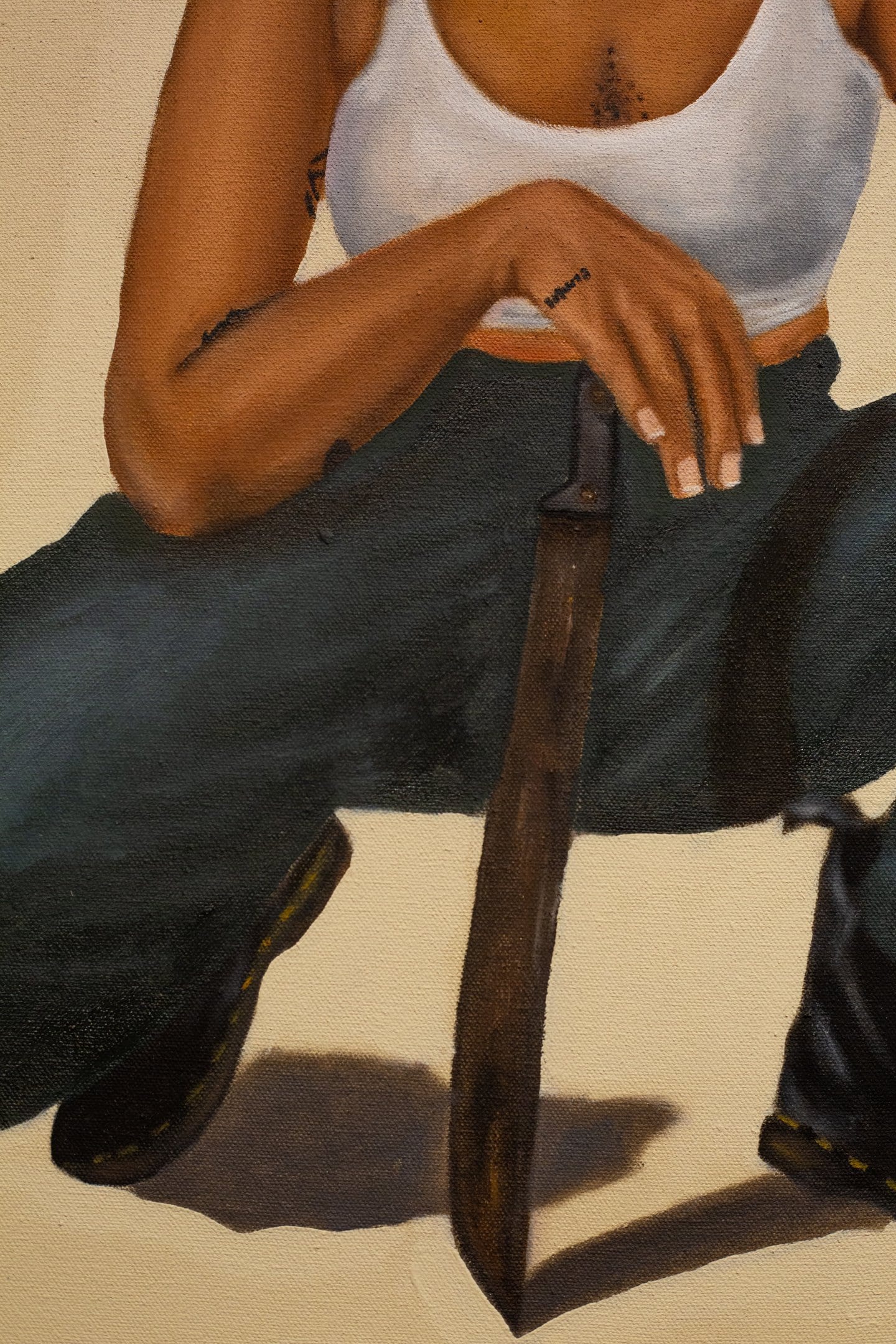

The twenty-five works in Fantastical Forms: Ceramics as Sculpture highlight the Museum’s Collection of sculptural ceramics from the last two decades of the twentieth century to the present. Each work illustrates the artist’s ability to push beyond the utilitarian and transition ceramics into the world of sculpture.
Ceramics often serve a practical purpose, and fired clay is traditionally used to make coffee mugs, plates, and vases—many of the things we use every day and have for hundreds of years. Around 1870, ceramicists began experimenting with those functional shapes to make what they called “art pottery” as a decorative addition to one’s home. After World War II more art students learned ceramics on the GI Bill; by the 1960s, artists had expanded the field even further, with some completely abandoning functionality as a prerequisite of ceramics. Those artists saw themselves as fine artists who created sculptures in clay, and eventually the art world followed suit. By the 1980s, artists who began the movement in the mid-century were well established and teaching the next generation of sculptural ceramicists. Many of their students went on to create fantastical and imaginative forms, both abstract and figurative.
from the accompanying exhibition text







Fantastical Forms: Ceramics as Sculpture is on view at the Asheville Art Museum through April 5, 2021.




